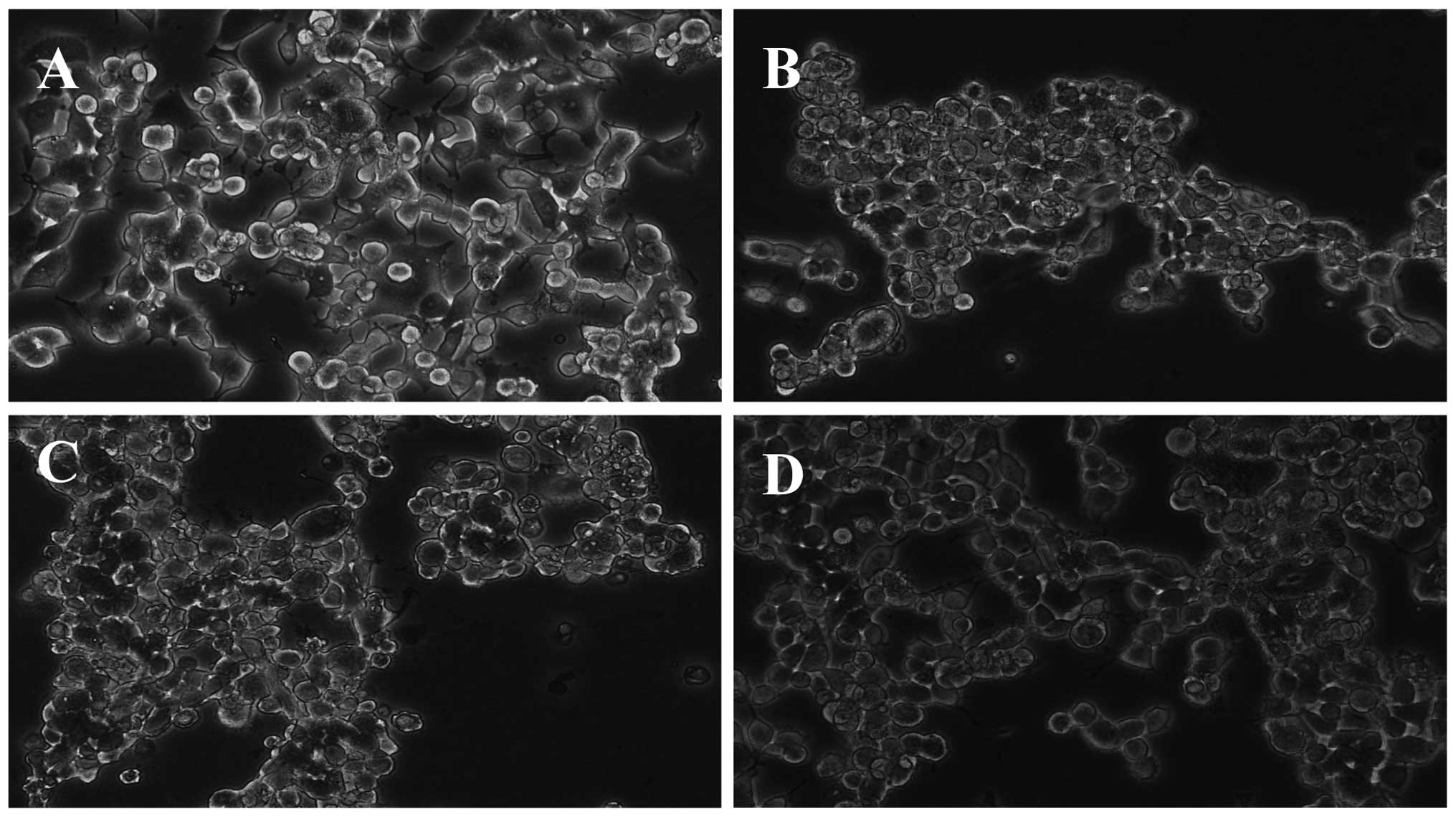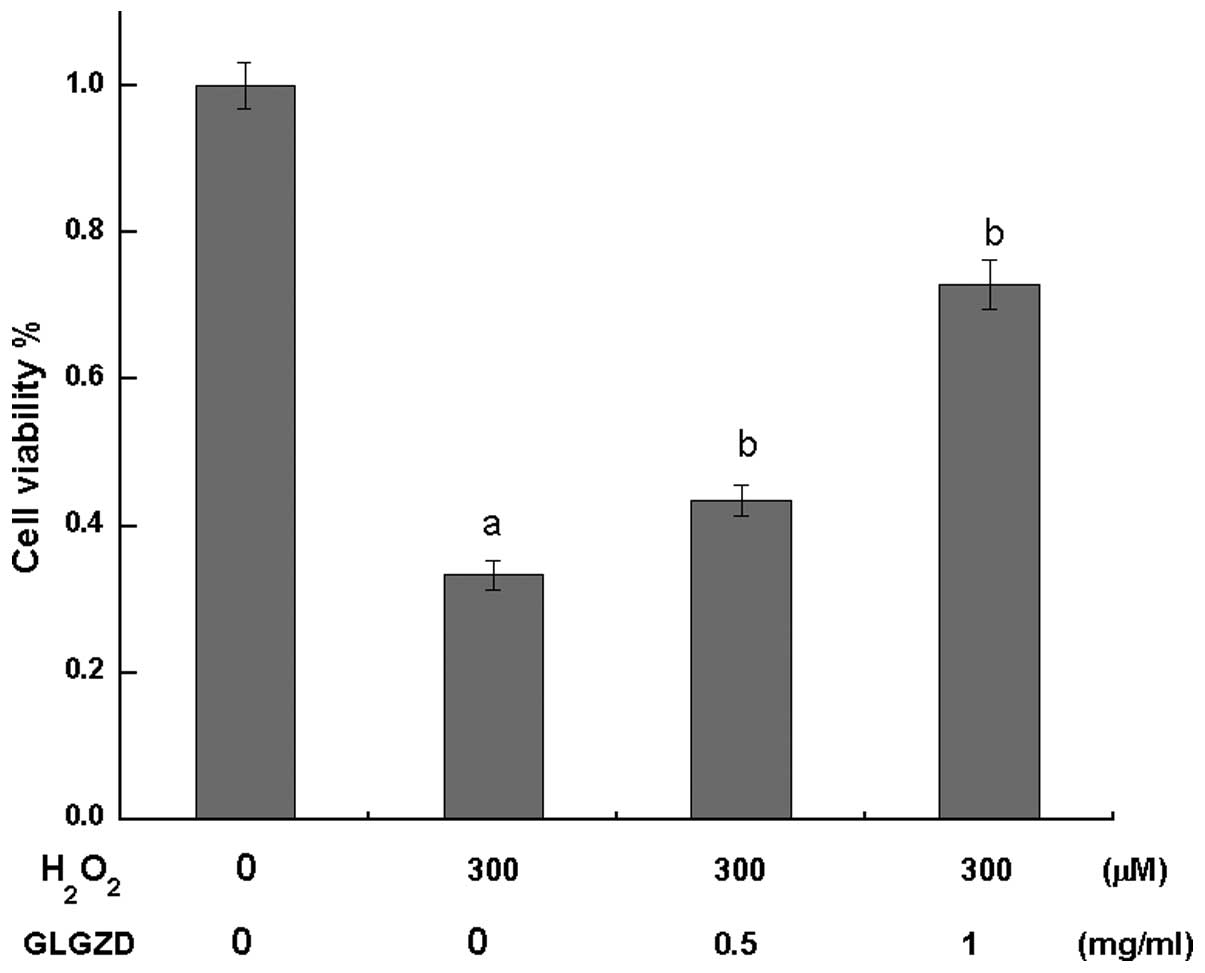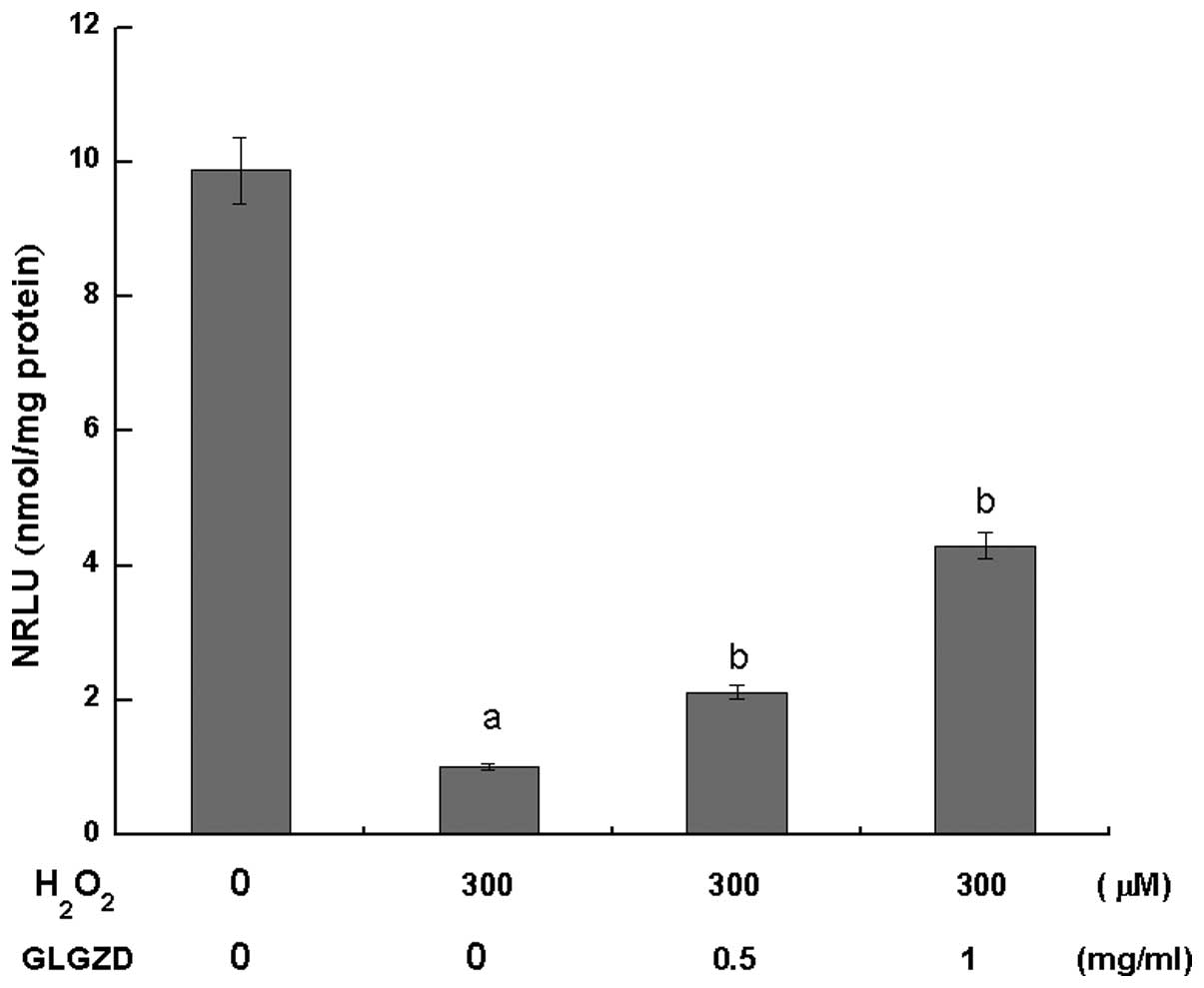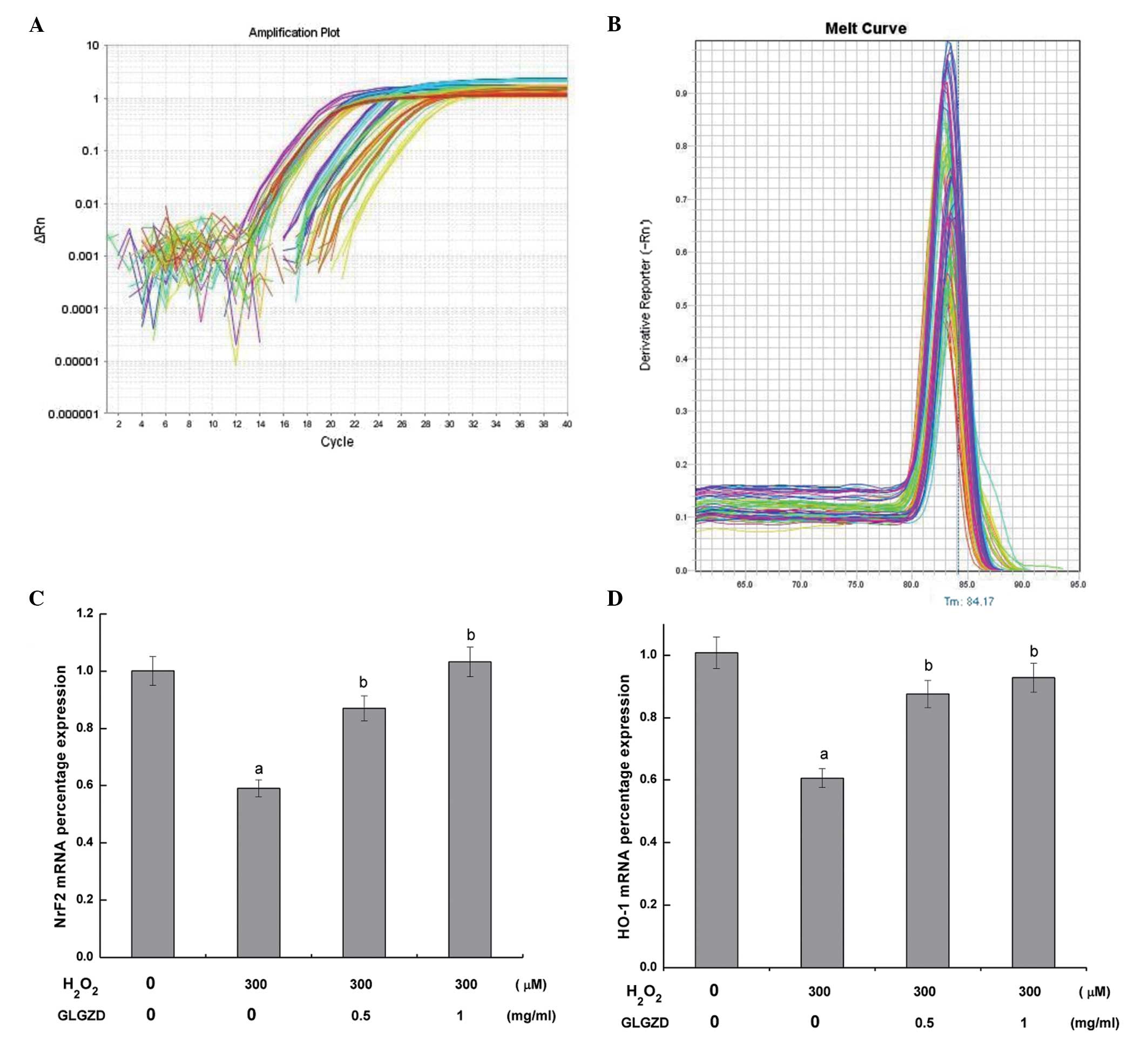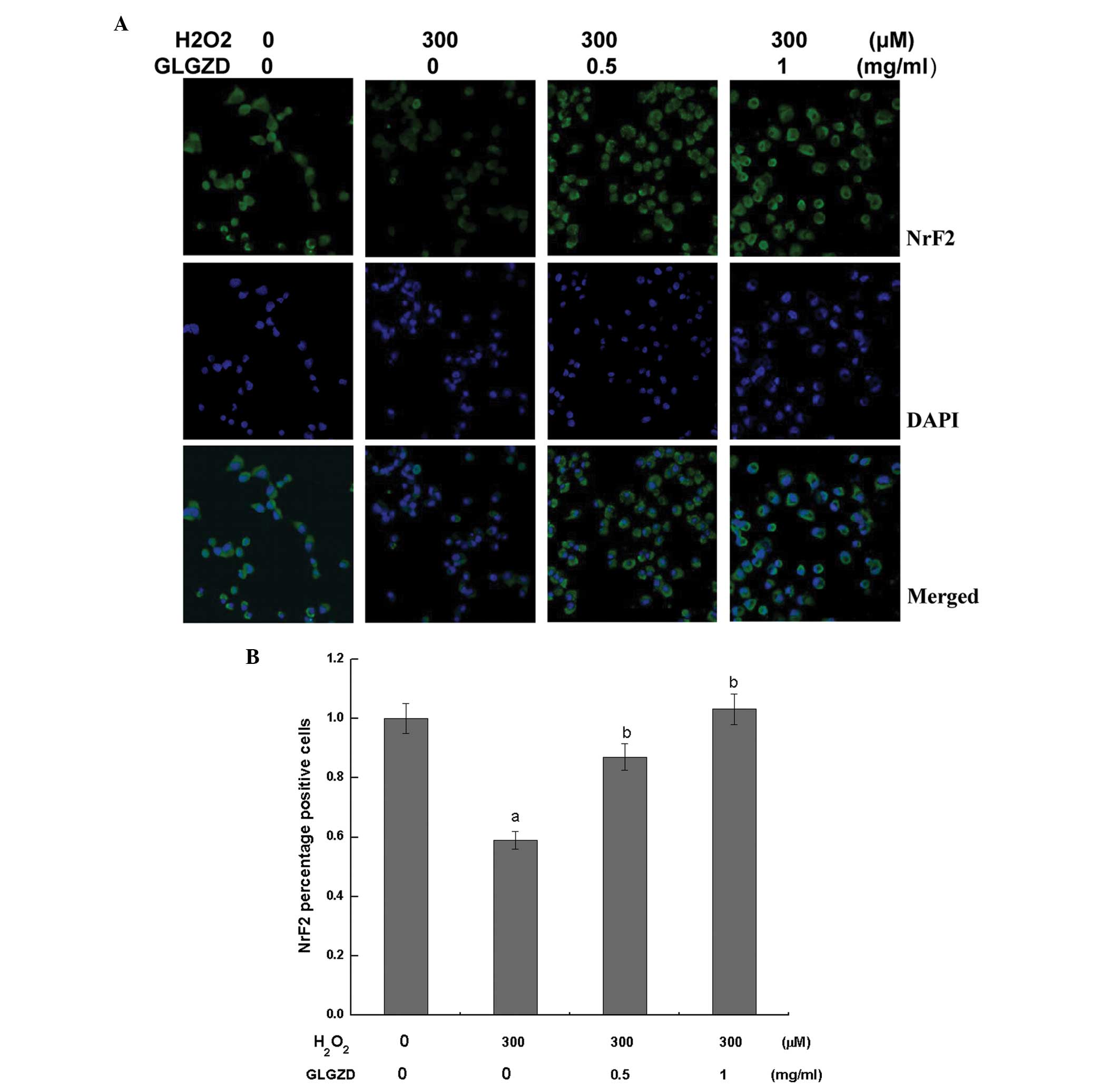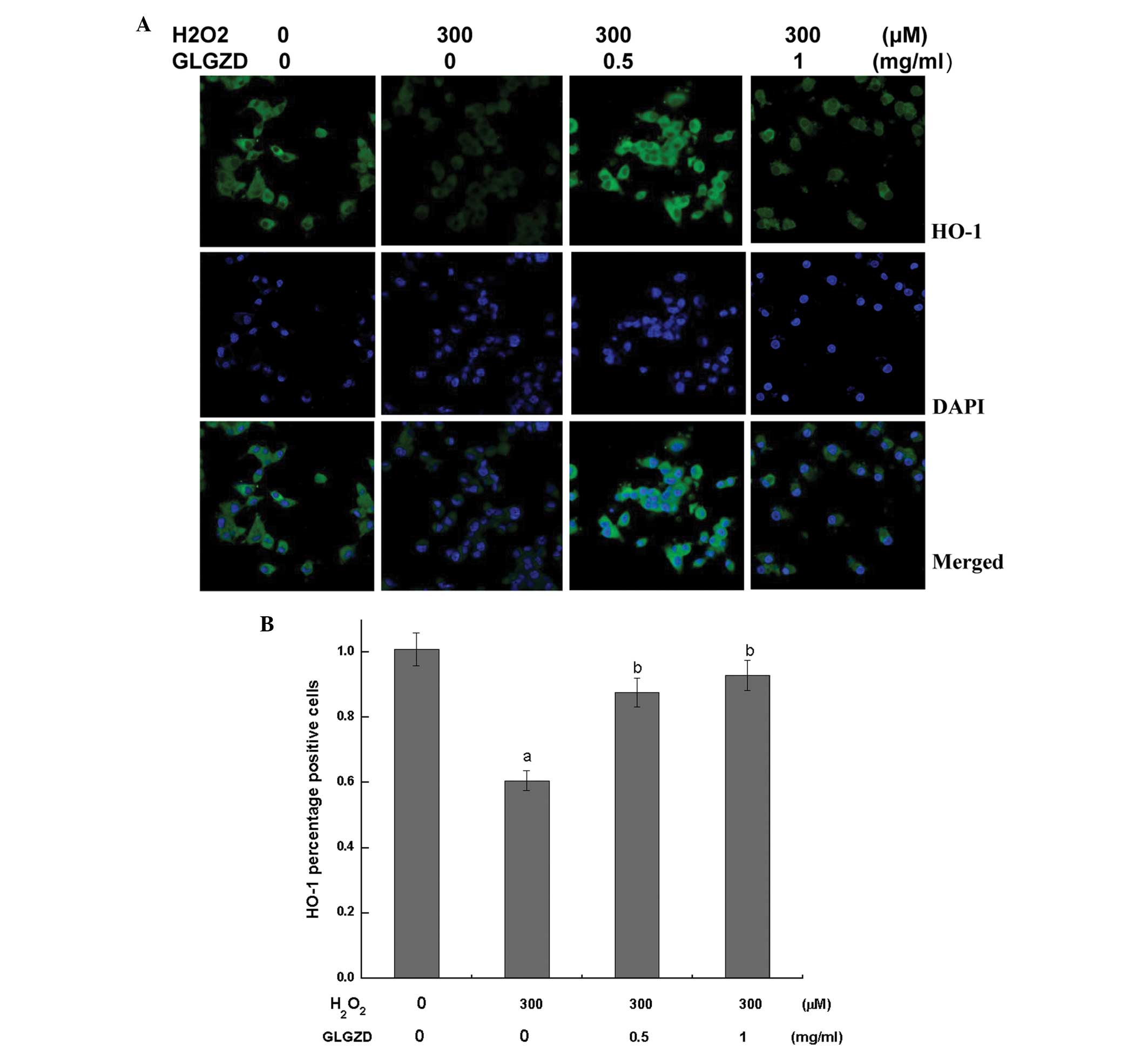|
1
|
Elovic E: Principles of pharmaceutical
management of spastic hypertonia. Phys Med Rehabil Clin N Ant.
12:793–816. 2001.
|
|
2
|
Watkins CL, Leathley MJ, Gregson JM, Moore
AP, Smith TL and Sharma AK: Prevalence of spasticity post stroke.
Clin Rehabil. 16:515–522. 2002. View Article : Google Scholar : PubMed/NCBI
|
|
3
|
Duncan PW, Zorowitz R, Bates B, et al:
Management of adult stroke rehabilitation care: A clinical practice
guideline. Stroke. 36:e100–e143. 2005. View Article : Google Scholar : PubMed/NCBI
|
|
4
|
Zhao L: Jia Zi Shi Xiao Fang. China Press
Traditional Chinese Med. 14:2010.(In Chinese).
|
|
5
|
Zhang L and Ai H: Effects of Gua Lou Gui
Zhi Decoction on c-fos and c-jun on epileptic rats. Shi Yong Zhong
Yi Yao Za Zhi. 23:21–22. 2005.(In Chinese).
|
|
6
|
Sun X: Research on formula treating
paralysis and spasticity From ‘Treatise on febrile and
miscellaneous diseases’. Zhongguo Zhong Yi Ji Chu Yi Xue Za Zhi.
8:644–645. 2010.(In Chinese).
|
|
7
|
Chen Y, Chen L and Tao J: Clinical
research on treating limbs spasm from cerebral apoplexy with the
Gualou Guizhi decoction. Clin J Chin Med. 5:7–9. 2013.(In
Chinese).
|
|
8
|
Yang C, Chen LD and Tao J: New usage of a
classical formula - Gua Lou Gui Zhi Decoction. Liaoning J Tradit
Chin Med. 8:1599–1600. 2012.(In Chinese).
|
|
9
|
Li W and Wang X: The research progress of
PC12 cells as oxidative stress model. Zhong Guo Zhong Xi Yi Jie He
Za Zhi. 31:1575–1580. 2011.(In Chinese).
|
|
10
|
Candelario-Jalil E: Injury and repair
mechanisms in ischemic stroke: Considerations for the development
of novel neurotherapeutics. Curr Opin Investig Drugs. 10:644–654.
2009.PubMed/NCBI
|
|
11
|
Markesbery WR and Lovell MA: Damage to
lipids, proteins, DNA and RNA in mild cognitive impairment. Arch
Neurol. 64:954–956. 2007. View Article : Google Scholar : PubMed/NCBI
|
|
12
|
Adibhatla RM, Dempsy R and Hatcher JF:
Integration of cytokine biology and lipid metabolism in stroke.
Front Biosci. 13:1250–1270. 2008. View
Article : Google Scholar : PubMed/NCBI
|
|
13
|
Rodrigo J, Fernandez AP, Serrano J,
Peinado MA and Martinez A: The role of free radicals in cerebral
hypoxia and ischemia. Free Radic Biol Med. 39:26–50. 2005.
View Article : Google Scholar : PubMed/NCBI
|
|
14
|
Peruche B and Krieglstein J: Neuroblastoma
cells for testing neuroprotective drug effects. J Pharmacol Meth.
26:139–148. 1991. View Article : Google Scholar
|
|
15
|
Cui Y, Ma HY and Kong L: Research progress
on Nrf2/ARE pathway and mechanism of antioxidation. Jilin Da Xue
Xue Bao. Yi Xue Ban. 37:187–190. 2011.(In Chinese).
|
|
16
|
Tulis DA, Durante W, Peyton KJ, Evans AJ
and Schafer AI: Heme oxygenase-1 attenuates vascular remodeling
following balloon injury in rat carotid arteries. Atherosclerosis.
155:113–122. 2001. View Article : Google Scholar : PubMed/NCBI
|
|
17
|
Maines MD: Heme oxygenase: Function,
multiplicity, regulatory mechanisms and clinical application. FASEB
J. 2:2557–2568. 1988.PubMed/NCBI
|
|
18
|
Li X, Jing C, Zang Q, Yang S and Wang J:
Toxic cytological alteration and mitochondrial dysfunction in PC12
cells induced by 1-octyl-3-methylimidazolium chloride. Toxicol In
Vitro. 26:1087–1092. 2012. View Article : Google Scholar : PubMed/NCBI
|
|
19
|
Zhao LD, Wang JH, Jin GR, Zhao Y and Zhang
HJ: Neuroprotective effect of Buyang Huanwu decoction against focal
cerebral ischemia/reperfusion injury in rats - time window and
mechanism. J Ethnopharmacol. 140:339–344. 2012. View Article : Google Scholar : PubMed/NCBI
|
|
20
|
Li TJ, Qiu Y, Mao JQ, Yang PY, Rui YC and
Chen WS: Protective effects of Guizhi-Fuling capsules on rat brain
ischemia/reperfusion injury. J Pharmacol Sci. 105:34–40. 2007.
View Article : Google Scholar : PubMed/NCBI
|
|
21
|
Zhu XH, Li SJ, Hu HH, Sun LR, Das M and
Gao TM: Neuroprotective effects of Xiao-Xu-Ming decoction against
ischemic neuronal injury in vivo and in vitro. J Ethnopharmacol.
127:38–46. 2010. View Article : Google Scholar : PubMed/NCBI
|
|
22
|
Qian YF, Wang H, Yao WB and Gao XD:
Aqueous extract of the Chinese medicine, Danggui-Shaoyao-San,
inhibits apoptosis in hydrogen peroxide-induced PC12 cells by
preventing cytochrome C release and inactivating of caspase
cascade. Cell Biol Int. 32:304–311. 2008.PubMed/NCBI
|
|
23
|
Kawakami Z, Kanno H, Ikarashi Y and Kase
Y: Yokukansan, a kampo medicine, protects against glutamate
cytotoxicity due to oxidative stress in PC12 cells. J
Ethnopharmacol. 134:74–81. 2011. View Article : Google Scholar : PubMed/NCBI
|
|
24
|
Hu H, Li Z, Zhu X, Lin R, Lin J, Peng J,
Tao J and Chen L: Gua Lou Gui Zhi decoction suppresses LPS-induced
activation of the TLR4/NF-κB pathway in BV-2 murine microglial
cells. Int J Mol Med. 31:1327–32. 2013.PubMed/NCBI
|
|
25
|
Li Z, Hu H, Lin R, Mao J, Zhu X, Hong Z,
Tao J, Zhang Y and Chen L: Neuroprotective effects of Gua Lou Gui
Zhi decoction against glutamate-induced apoptosis in BV-2 cells.
Int J Mol Med. 33:597–604. 2014.PubMed/NCBI
|
|
26
|
Huang J, Tao J, Xue X, Yang S, Han P, Lin
Z, Xu W, Lin J, Peng J and Chen L: Gua Lou Gui Zhi decoction exerts
neuroprotective effects on post-stroke spasticity via the
modulation of glutamate levels and AMPA receptor expression. Int J
Mol Med. 31:841–848. 2013.PubMed/NCBI
|
|
27
|
Son TG, Camandola S, Arumugam TV, et al:
Plumbagin, a novel NrF2/ARE activator, protects against cerebral
ischemia. J Neurochem. 112:1316–1326. 2010. View Article : Google Scholar : PubMed/NCBI
|
|
28
|
Dietz BM, Liu D, Hagos GK, et al:
Angelica sinensis and its alkylphthalides induce the
detoxification enzyme NAD(P)H: Quinone oxidoreductase 1 by
alkylating Keap1. Chem Res Toxicol. 21:1939–1948. 2008. View Article : Google Scholar : PubMed/NCBI
|
|
29
|
Adibhatla RM, Dempsy R and Hatcher JF:
Integration of cytokine biology and lipid metabolism in stroke.
Front Biosci. 13:1250–1270. 2008. View
Article : Google Scholar : PubMed/NCBI
|
|
30
|
Li MH, Cha YN and Surh YJ: Peroxynitrite
induces HO-1 expression via PI3K/Akt-dependent activation of
NF-E2-related factor 2 in PC12 cells. Free Radic Biol Med.
41:1079–1091. 2006. View Article : Google Scholar : PubMed/NCBI
|
|
31
|
Lee JM, Shih AY, Murphy TH and Johnson JA:
NF-E2-related factor-2 mediates neuroprotection against
mitochondrial complex I inhibitors and increased concentrations of
intracellular calcium in primary cortical neurons. J Biol Chem.
39:37948–37956. 2003. View Article : Google Scholar
|















